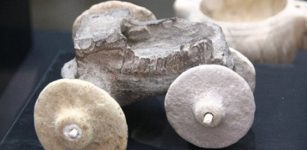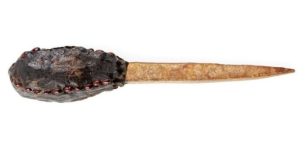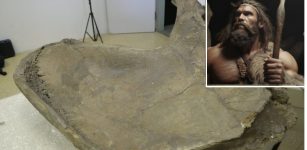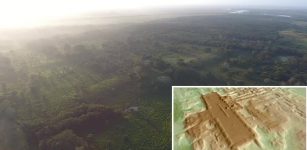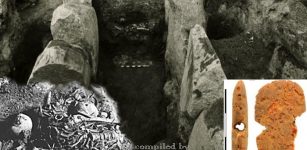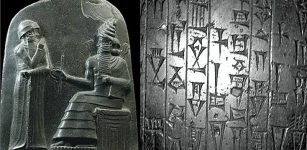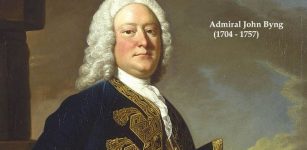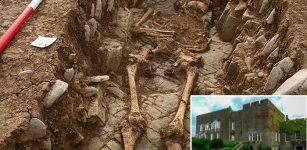Unique Flagship ‘Gribshunden’: Spectacular Discoveries
Conny Waters - AncientPages.com - For three weeks the royal warship Gribshunden (1495) has been excavated on the seabed of the Baltic Sea off the coast of southern Sweden.
Among others things, a very early firearm - one of the earliest to be found on a ship anywhere in the world - as well as a beautifully formed drinking tankard, with a crown-like engraving, have been found.
 For three weeks the royal warship Gribshunden (1495) has been excavated.
For three weeks the royal warship Gribshunden (1495) has been excavated.
Gribshunden is considered the world’s best-preserved ship of the kind which Christopher Columbus, among others, used for his expeditions to America. This makes the ship’s construction a very important focus for the international team of 40 researchers.
“We have had a fantastic team from 10 different countries which has managed to accomplish what we set out to achieve with this year’s excavations – to both salvage finds and to advance with the study of the ship’s construction”, says Brendan Foley, marine archaeologist at Lund University.
See also:
Danish Royal Sunken Ship Sheds Light On Psychological Warfare In The Middle Ages
A 17th-Century Warship Blekinge Was Deliberately Sunk During Sweden’s War With Russia And Its Allies
More Archaeology News
“We have managed to identify several new keys to the ship’s construction and we are getting closer to solving the riddle of how these kinds of ships were actually built. It increases our knowledge of an important period of transition in the world, the time of the great explorers”, says Johan Rönnby, a professor in marine archaeology at Södertörn University.
 Tankard found during excavation (Photo: Brett Seymour)
Tankard found during excavation (Photo: Brett Seymour)
It is believed that King John lost his best “Fatabur” in the wreck, i.e. the most valuable objects and clothes. Parts of these possessions may now have been found, among other items, a coat of mail with the maker’s mark on it (in the form of a small monogrammed ring), a pewter plate and the uniquely ornamented beaker.
Among the other finds are everything from tools to food, not least sturgeon bones and a number of barrels, including probable Danish beer barrels from 1495. An early firearm, a so-called “hand cannon”, probably used by soldiers on board, is attracting attention.
The objects have yet to be analyzed, and more details are expected to emerge from the analysis, which will include both DNA technology and 3D visualization. And the researchers believe there is more to be found:
”We hope to be able to return for more investigations next year – there are so many secrets down there”, concludes Brendan Foley.
Written by Conny Waters - AncientPages.com Staff Writer

